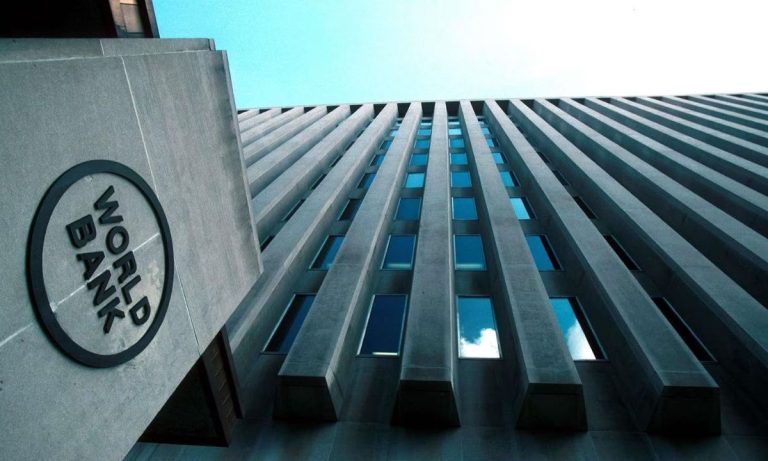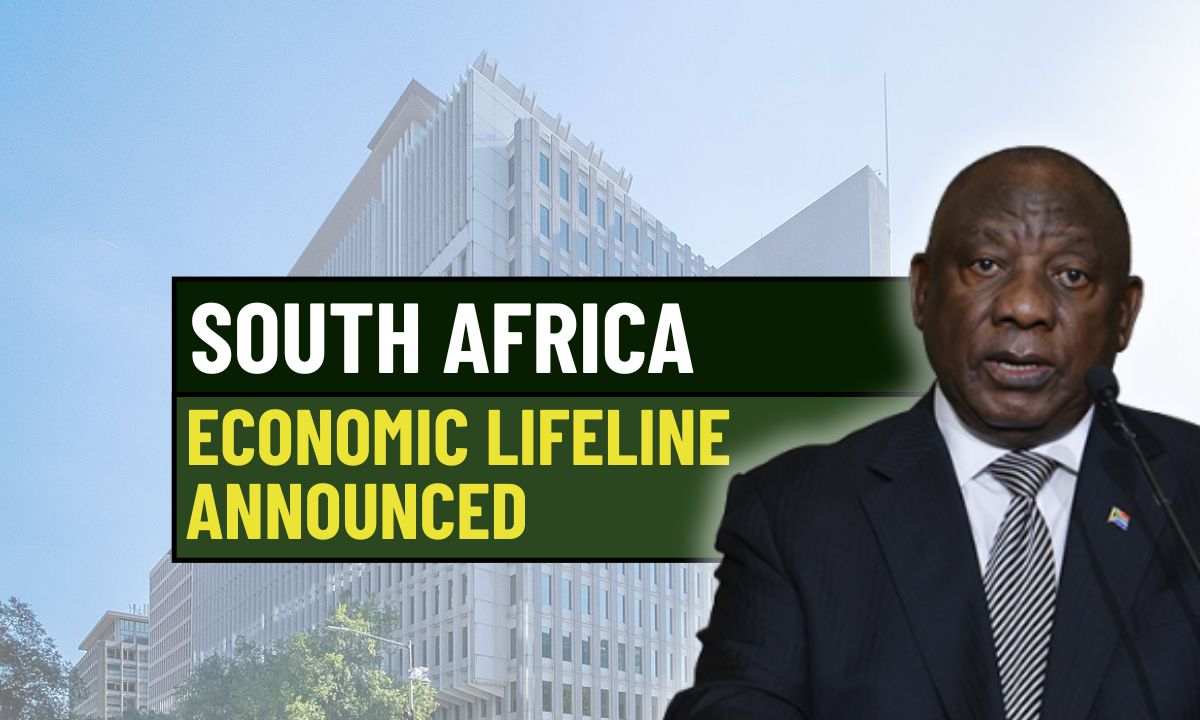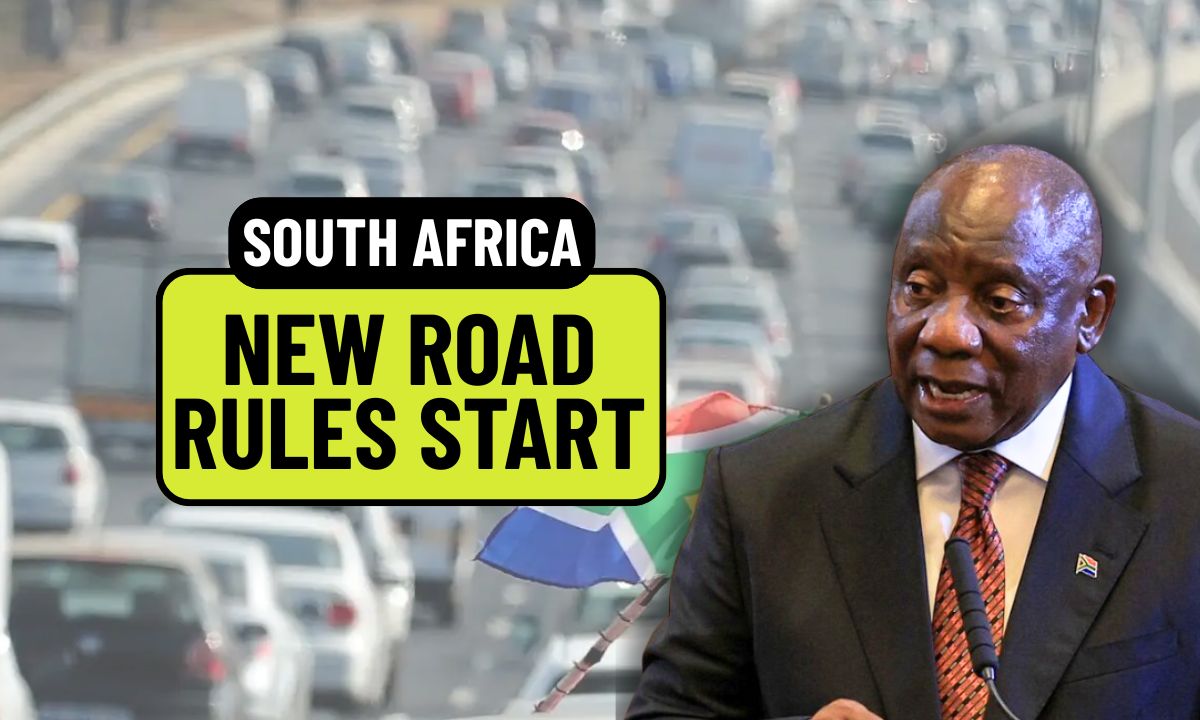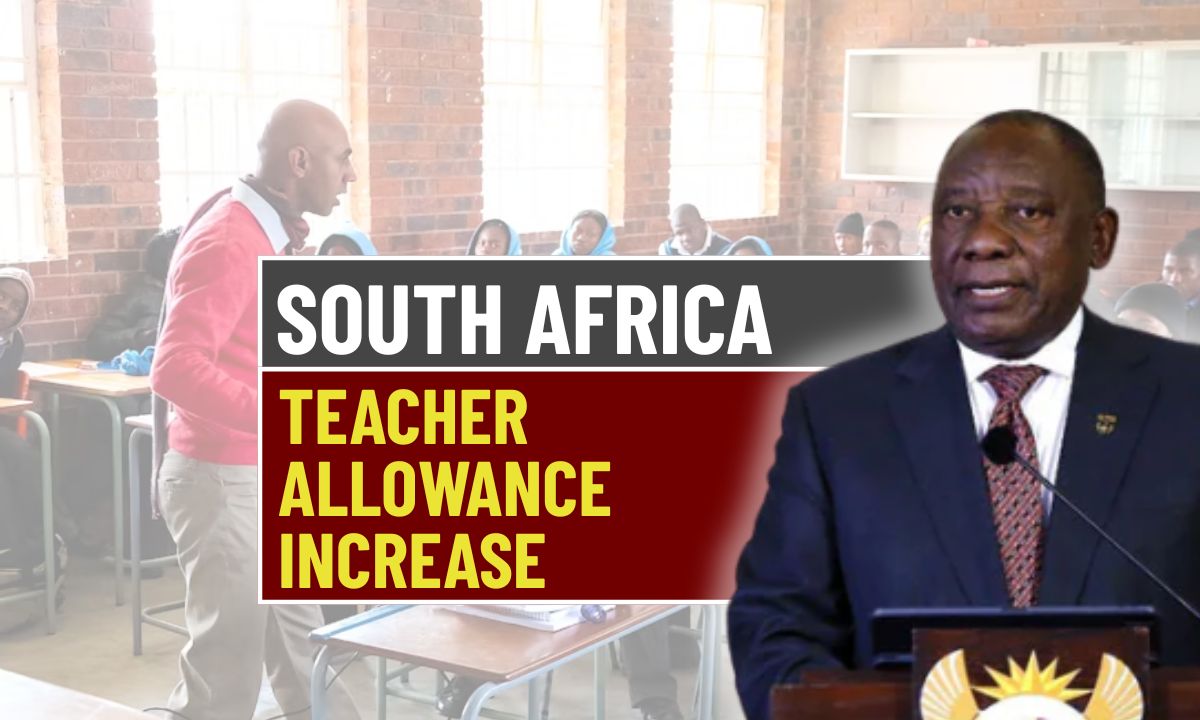In a move expected to reshape the national landscape, the World Bank has approved a $1.5 billion loan to South Africa, aiming to overhaul its crumbling infrastructure and speed up the shift toward green energy. President Ramaphosa and the National Treasury have highlighted that this funding structured with a generous three-year grace period and low-interest terms will tackle bottlenecks in railways, ports, and the power grid, setting the stage for sustainable economic development.
Why Now? What the Economy Needs
South Africa has grappled with sluggish growth, with GDP projected at just 1.4% in 2025. The country has also battled energy crises, unreliable infrastructure, and costly logistics that strain its industries. Sectors like mining, automotive, and manufacturing have been hit hard by persistent blackouts and outdated systems. This loan is not just about infrastructure it’s about reigniting confidence, encouraging investment, and creating jobs across the economy.
What Will the Money Be Spent On?

The loan is expected to be channelled into three major focus areas. First, it will boost energy security by reinforcing and expanding the electricity grid while supporting new renewable energy generation. Second, the funds will modernise key logistics systems particularly freight rail and ports to help ease the supply chain and reduce export delays. Third, the loan will contribute to South Africa’s low-carbon transition by supporting industries aligned with clean manufacturing, green hydrogen, and solar energy development. These priorities align with the national budget’s long-term infrastructure goals and South Africa’s Renewable Energy Masterplan, which targets up to 20 GW in new generation capacity by 2030.
Who Benefits and When?
The rollout of the $1.5 billion will create thousands of jobs in construction, renewable energy, and logistics over the next few years. It is especially significant for provinces hardest hit by service disruptions and unemployment. Small businesses in energy and transport sectors are also expected to benefit from subcontracting and expansion opportunities. With the three-year grace period, the government has breathing room to implement projects before repayment begins, giving time for real impact to be felt.
Where It Fits in the Bigger Picture
This loan is just one piece of a larger puzzle. South Africa is also in talks for a $500 million guarantee facility to attract private sector investment in its power transmission network. This is critical to accommodate the renewable energy surge anticipated in the coming years. The government hopes to reduce dependence on coal while creating a resilient, diversified energy system that supports long-term growth and stability.
What Could Go Wrong?
While the loan is a powerful tool, its success hinges on accountability and delivery. Past infrastructure projects have been delayed or compromised due to poor management and corruption. Experts caution that without transparency, the funds could fall short of their intended impact. Political uncertainty and coalition challenges could also affect how efficiently reforms and large-scale developments are executed.
Big Money, Big Hopes Is It Enough?
This $1.5 billion loan isn’t just about repairing roads or stabilising the grid. It represents a bold step toward rebooting South Africa’s economy, providing relief for long-standing infrastructure failures, and laying the foundation for a greener, more reliable future. If implemented properly, the funds could unlock jobs, boost investor confidence, and offer citizens real improvements in daily life.


